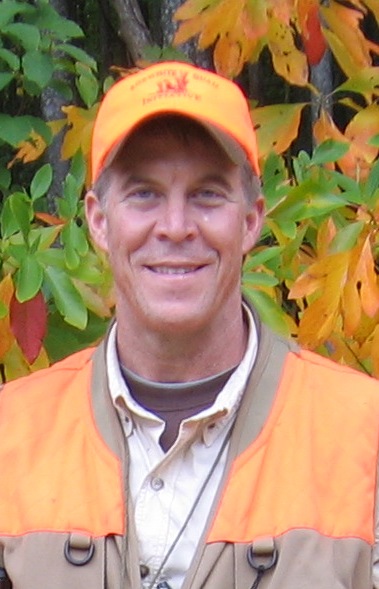Our quest to restore bobwhites to huntable levels across much of their historic range—by restoring suitable habitats on scores of millions of acres—is such a daunting task it’s hard to know where or how to begin. It helps me to break such monumental tasks into strategic pieces.
#1 Stop the Bleeding
The duck guys figured it out first. At a landscape scale, their wetland restorations would not make much difference in duck populations if ongoing wetland losses continued to exceed wetland gains. Thus arose the concept of “no net loss/net gain,” providing a framework for strategic thinking and action under the North American Waterfowl Management Plan.
A net gain of wetland habitat could not be achieved until wetland losses were dramatically reduced. Put another way, stemming wetland losses was just as important to reaching the goals of the Waterfowl Plan as fostering wetland restoration. Both sides of the equation are vital. In this respect, bobwhites are just like ducks.
Every acre that is planted or re-planted to unsuitable habitat makes our quail restoration job harder. Consider a popular suite of invasive, exotic, sod-forming forage grasses that render scores of millions of acres unsuitable to bobwhites across most of the species’ range. Still today, Bermuda grass, tall fescue, old-world bluestems, bahia grass, etc. are being planted on open lands at a rate far exceeding the rate at which quail conservationists can restore native grassland habitats. Just because quail managers are expert at restoring habitats does not mean we are gaining; bobwhites still are suffering a “net loss.”




